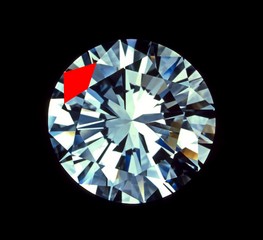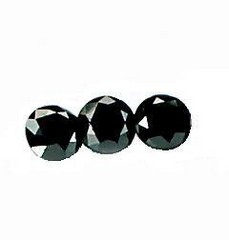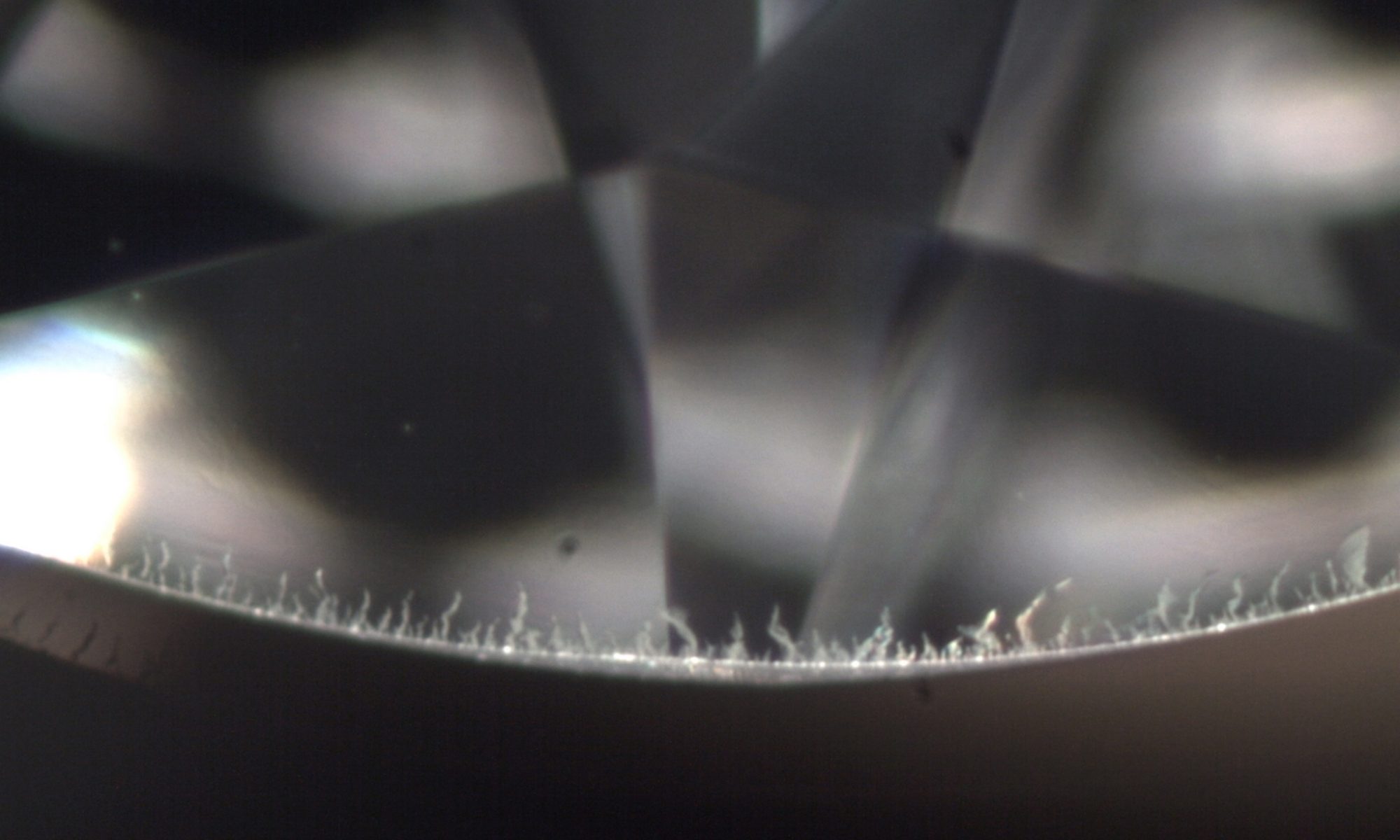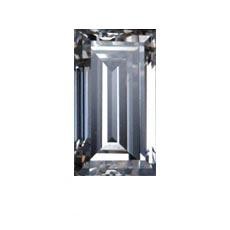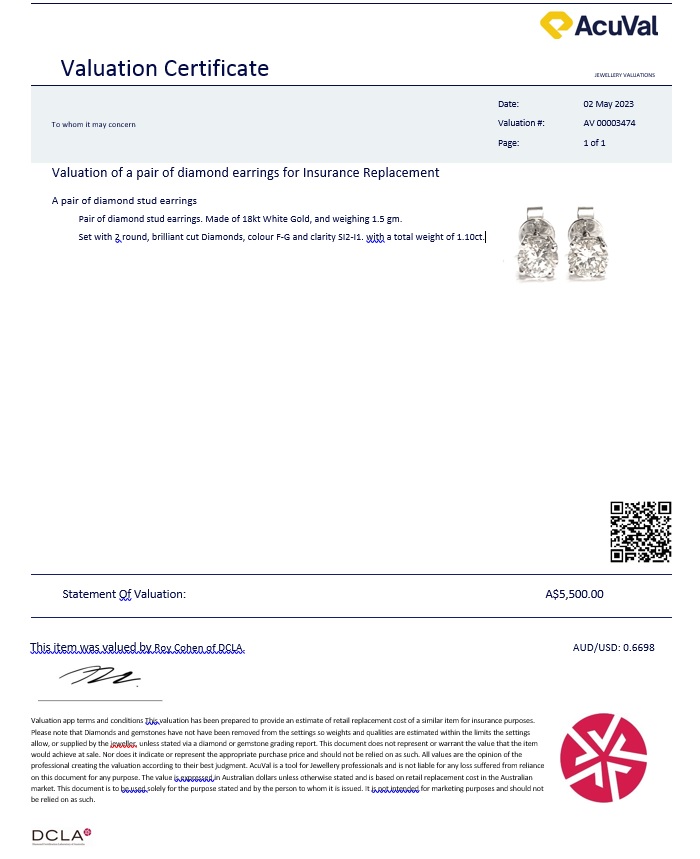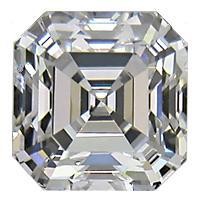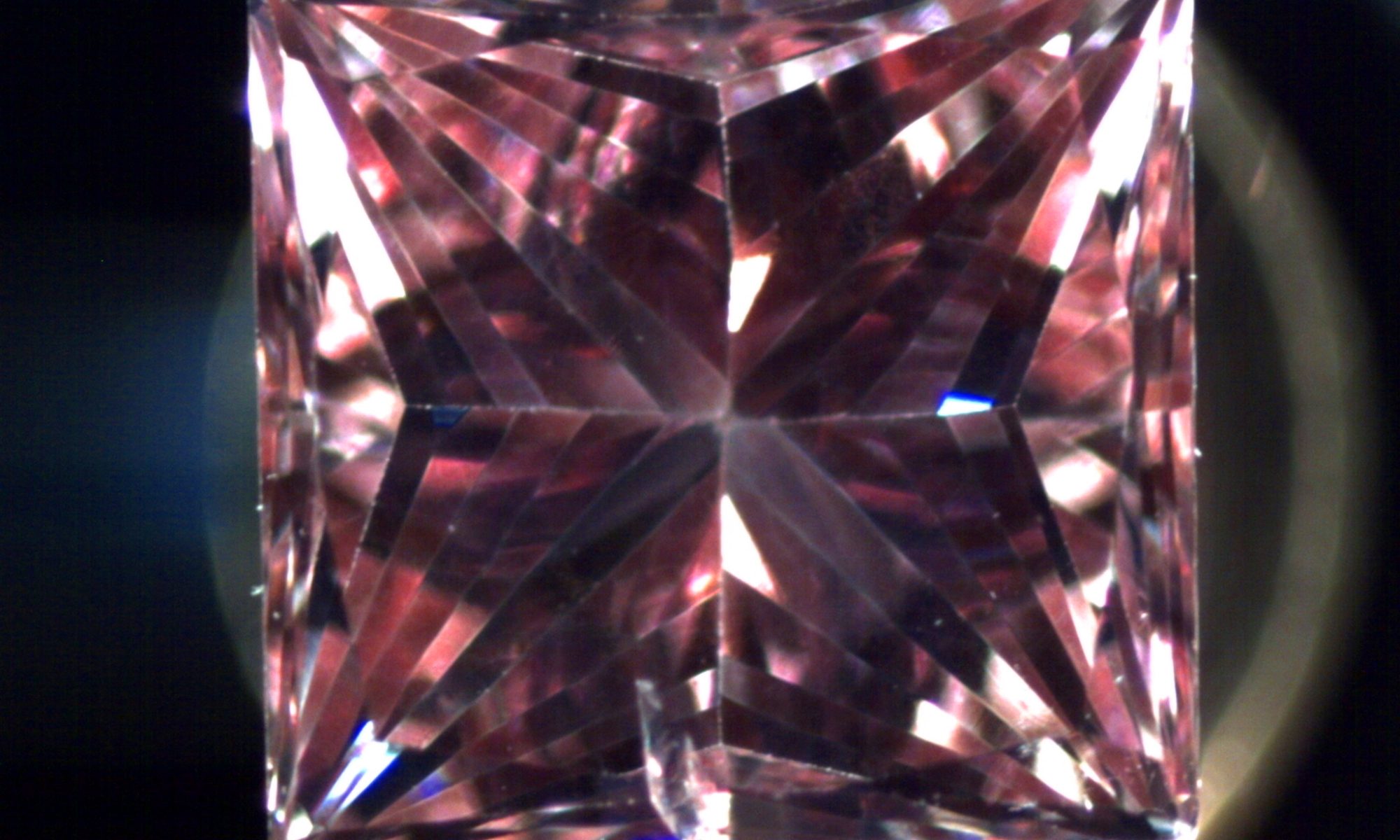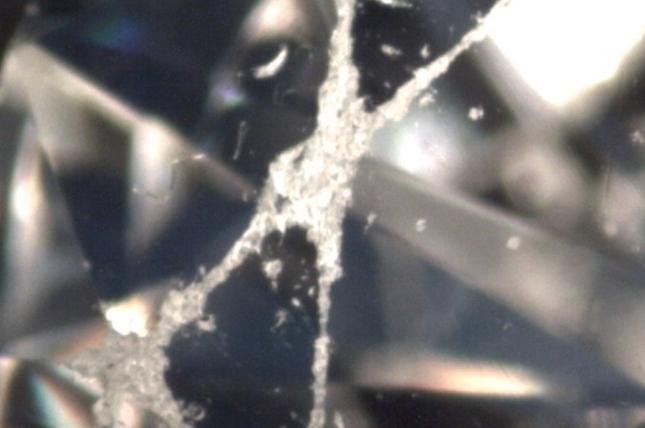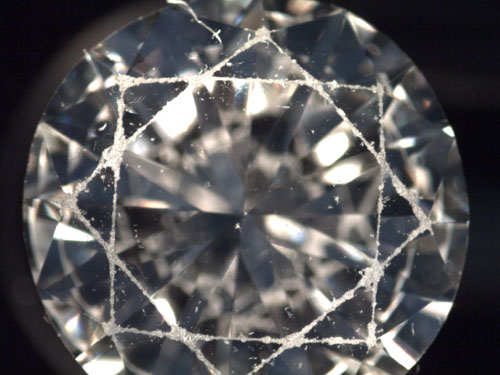Bezel facets in a diamond refer to the flat, triangular facets that are found on the crown of a diamond, located just above the table (the top flat surface). These facets are part of the diamond’s overall faceting pattern and play a significant role in its brilliance and light performance.
Key Points About Bezel Facets in Diamonds
Location:
Bezel facets are located on the crown of the diamond, just above the table and below the bezel edge (the part of the diamond that meets the girdle).
These facets are positioned around the center of the diamond and typically face outward from the table.
Shape and Number:
The bezel facets are triangular in shape, with a flat surface that creates a smooth, reflective area.
Most diamonds, particularly those with brilliant-cut faceting, have two bezel facets on each side of the diamond, for a total of four bezel facets in a round brilliant-cut diamond. However, the number and shape of bezel facets can vary in different diamond cuts.
Function and Light Performance:
Bezel facets contribute to the diamond’s light performance by helping to reflect light that enters the diamond from the top. They redirect light through the crown and pavilion, enhancing the diamond’s sparkle and overall brilliance.
These facets work together with the main facets, such as the star facets and kite facets, to improve the diamond’s ability to reflect and refract light, creating the fire and brilliance that diamonds are famous for.
Bezel Facets in Different Diamond Cuts:
Round Brilliant Cut: In a round brilliant-cut diamond, the bezel facets are typically small and contribute to the overall symmetry of the cut. They help transition between the table and the rest of the crown.
Princess Cut: In a princess cut diamond, the facets are more square or rectangular in shape, but they still perform a similar function by helping to reflect light and create brilliance.
Cushion Cut: For cushion cuts, the bezel facets might be larger due to the unique shape of the stone, but they still function to add to the diamond’s overall brilliance and appearance.
Impact on Diamond’s Appearance:
Bezel facets are important for polish quality and symmetry in a diamond. Well-formed bezel facets can enhance the overall sharpness of the diamond’s appearance, while poorly executed bezel facets can detract from the diamond’s visual appeal.
While these facets don’t have as much impact on the overall clarity of a diamond, their presence helps define the shape and faceting of the diamond.
Bezel Facet and Setting Considerations:
When setting a diamond in jewellery, the bezel setting is sometimes used, where a metal band surrounds the diamond’s edges. In this case, the bezel facets can work in conjunction with the bezel setting to protect the edges of the diamond while also enhancing its brilliance and shine.
Conclusion
Bezel facets are a critical element in the diamond’s faceting pattern, particularly on the crown, where they help direct light into the diamond and contribute to its brilliance and fire. These triangular facets play a significant role in the diamond’s overall aesthetic, and their quality is a key factor in determining the diamond’s appearance and light performance. When considering diamonds, especially those with brilliant-cut faceting, it’s essential to look for well-cut bezel facets to ensure that the stone will have the desired sparkle and symmetry.
